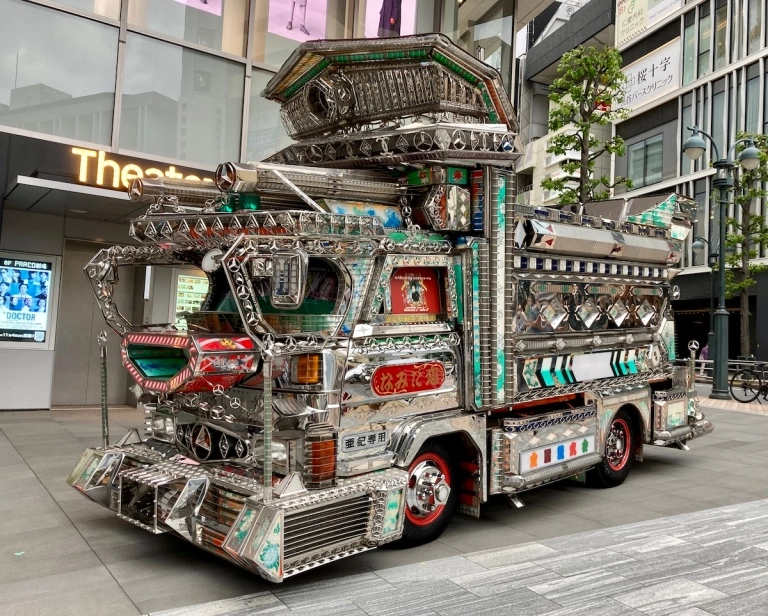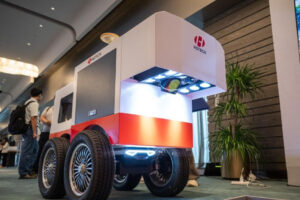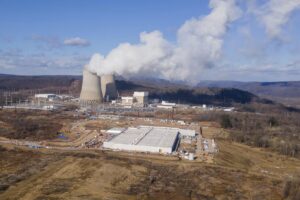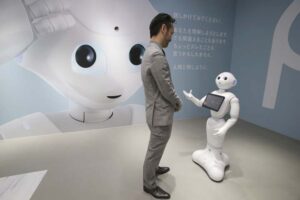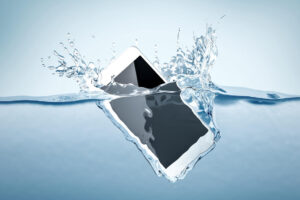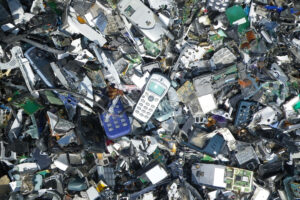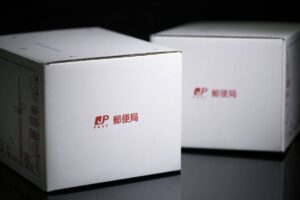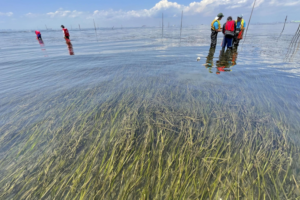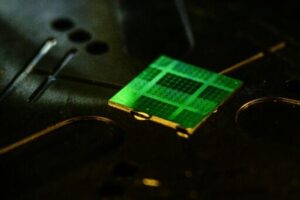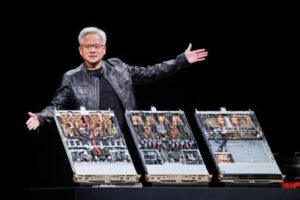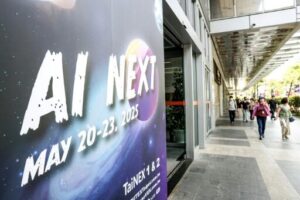Tokyo, 9 May, /AJMEDIA/
Long gone is the heyday of the lavishly decorated Japanese big-rigs known as dekotora. Once a symbol of blue-collar ideals in the pre-bubble era, the art and culture of truckers modifying their vehicles to extreme degrees has been on a downwards slope since around the late ’80s.
The ’90s brought high customizing and maintenance costs combined with a general dislike of these incredibly ostentatious designs by companies who feared they appeared too “anti-social” and “intimidating.”
The situation hadn’t improved since the turn of the millennium either. In 2001 then Governor Shintaro Ishihara banned all dekotora from entering Tokyo, which of course was the most lucrative terminal for truckers in all of Japan. Now, the advent of hybrid and electric vehicles, as well as the possibility of autonomous vehicles on the horizon, are accelerating the extinction of these majestic machines.
Nevertheless, Utamarokai, Japan’s largest association of dekotora owners and supporters, has been continuing the fight to keep it alive. One advantage that has come over time was the internet, which helped to bring the art of dekotora to the world, finding fans on all corners of the globe. In particular, the presence of a such a truck at the Tokyo Paralympics Opening Ceremony helped to shine a spotlight on Utamarokai and their activities.
Speaking of which, since their vehicles’ weights and emissions make it difficult to bring them into urban areas, Utamarokai usually hold charity events three times a year in the more rural parts of Japan, showing off their trucks and raising money, primarily for disaster relief and support of children orphaned in disasters.
Utamarokai also puts their trucks where their money is. In the spirit of “Truck Yaro,” they often come to the aid of others by deploying to disaster areas armed with supplies. For instance, in October of 2011 an aqueduct in Wakayama City collapsed, cutting off the water supply to some 60,000 homes as well as schools and hospitals. Dekotora were responsible for trucking in about 10 tons of drinking water while the pipes were being repaired.
It’s costly work, however, so now Utamarokai have turned to the burgeoning trade of NFTs to help raise money for their activities. They have minted three videos on the online marketplace OpenSea, featuring some of their finest dekotora in the process of lighting up.

